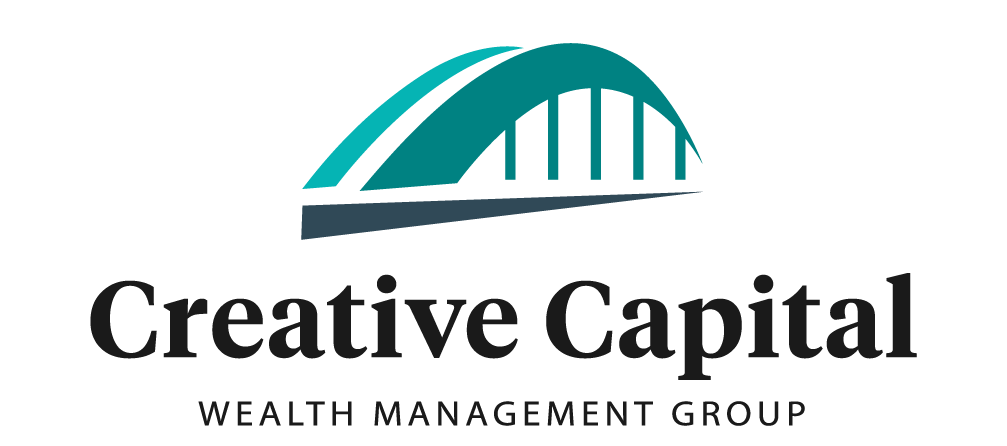
As we navigate the complexities of the 2025 economic outlook, the question looms: Are you prepared for what lies ahead? The global economy is a mosaic of opportunity and uncertainty, with shifting monetary policies, geopolitical tensions, and evolving market dynamics. For high-net-worth individuals and savvy investors, alternative investments—private equity, real estate, hedge funds, and beyond—offer a compelling way to diversify and potentially thrive in this environment. But are they part of your strategy?
The Economic Backdrop: A Mixed Picture
In 2023, This article highlighted the challenges of persistent inflation, rising interest rates, and geopolitical unrest. Fast forward to 2025, and the 2025 economic outlook remains intricate. The U.S. economy is projected to grow at a modest 2% GDP rate, tempered by trade tensions and tariff policies that could dampen global demand. Inflation has cooled from its 2022 peak, with the Consumer Price Index (CPI) expected to hover around 2.5% in 2025, but risks of re-acceleration linger due to potential supply chain disruptions from U.S. tariffs and Middle East tensions.
The Federal Reserve’s path is another wildcard. After aggressive rate hikes through 2023, the Fed has signaled a cautious approach, with rates likely to stabilize between 4.5% and 5% in 2025, balancing inflation control with economic growth. However, unexpected policy shifts—such as pressure to adjust rates in response to trade-driven inflation—could introduce volatility. Globally, growth is uneven. China’s economy, grappling with real estate challenges and tariff impacts, is forecast to grow at 4.4%, while India’s robust 6.5% growth underscores its rising influence.
Oil prices, a critical economic driver, reflect this uncertainty. Brent crude is expected to average $68 per barrel in 2025, down from $81 in 2024, due to rising non-OPEC+ supply and slower demand growth. Yet, geopolitical risks—such as U.S. sanctions on Iran or Russia—could push prices toward $85, adding a risk premium to markets. These dynamics ripple through equities, bonds, and commodities, challenging traditional portfolios.
Why Alternatives? Navigating the Storm
Traditional investments like stocks and bonds remain cornerstones, but their performance is increasingly tied to macroeconomic swings. The S&P 500, while resilient, faces headwinds from elevated valuations and potential recession risks, with some analysts projecting a modest 5% return in 2025. Bonds, meanwhile, offer stability but limited upside, with 10-year Treasury yields around 4.2%.
Alternative investments shine in this context by offering diversification and potential for outsized returns. Consider private equity: despite a slowdown in deal activity due to higher borrowing costs, sectors like technology and healthcare are seeing renewed interest, with dry powder (uninvested capital) at record levels. Real estate, particularly in industrial and multifamily sectors, remains a hedge against inflation, though commercial office spaces face challenges from remote work trends. Hedge funds, with their ability to go long or short, are well-positioned to capitalize on market volatility, especially in energy and commodities.
There is opportunity in private credit as well. With banks tightening lending standards, private credit funds are filling the gap, offering yields of 8-12% for investors willing to accept illiquidity. Similarly, investments in infrastructure—think renewable energy or logistics—benefit from long-term government incentives and global decarbonization trends. These assets often have low correlation with public markets, making them a buffer against economic turbulence.
The Risks: No Free Lunch
Alternatives aren’t a panacea. Illiquidity is a major hurdle—your capital might be locked up for years. Higher fees, often 2% management plus 20% performance, can erode returns. And due diligence is critical: not all managers or deals are created equal. Economic downturns, like a potential tariff-induced slowdown, could stress certain alternative assets, particularly those tied to consumer spending or global trade.
Geopolitical risks also loom large. Escalating tensions in the Middle East or U.S.-China trade disputes could disrupt markets, impacting alternatives like commodities or international real estate. Investors must weigh these risks against the potential rewards, ensuring their portfolio aligns with their risk tolerance and time horizon.
Crafting Your Strategy
So, are alternative investments part of your 2025 economic outlook? They should be, but with intention. Start by assessing your goals—growth, income, or diversification—and match them to the right asset class. Work with a trusted financial advisor to vet opportunities and managers. Allocate strategically: for most high-net-worth investors, 10-20% in alternatives balances risk and reward.
The economic road ahead is bumpy, but opportunity favors the prepared. By integrating alternatives into your portfolio, you’re not just reacting to 2025’s challenges—you’re positioning to thrive. What’s your next move?
